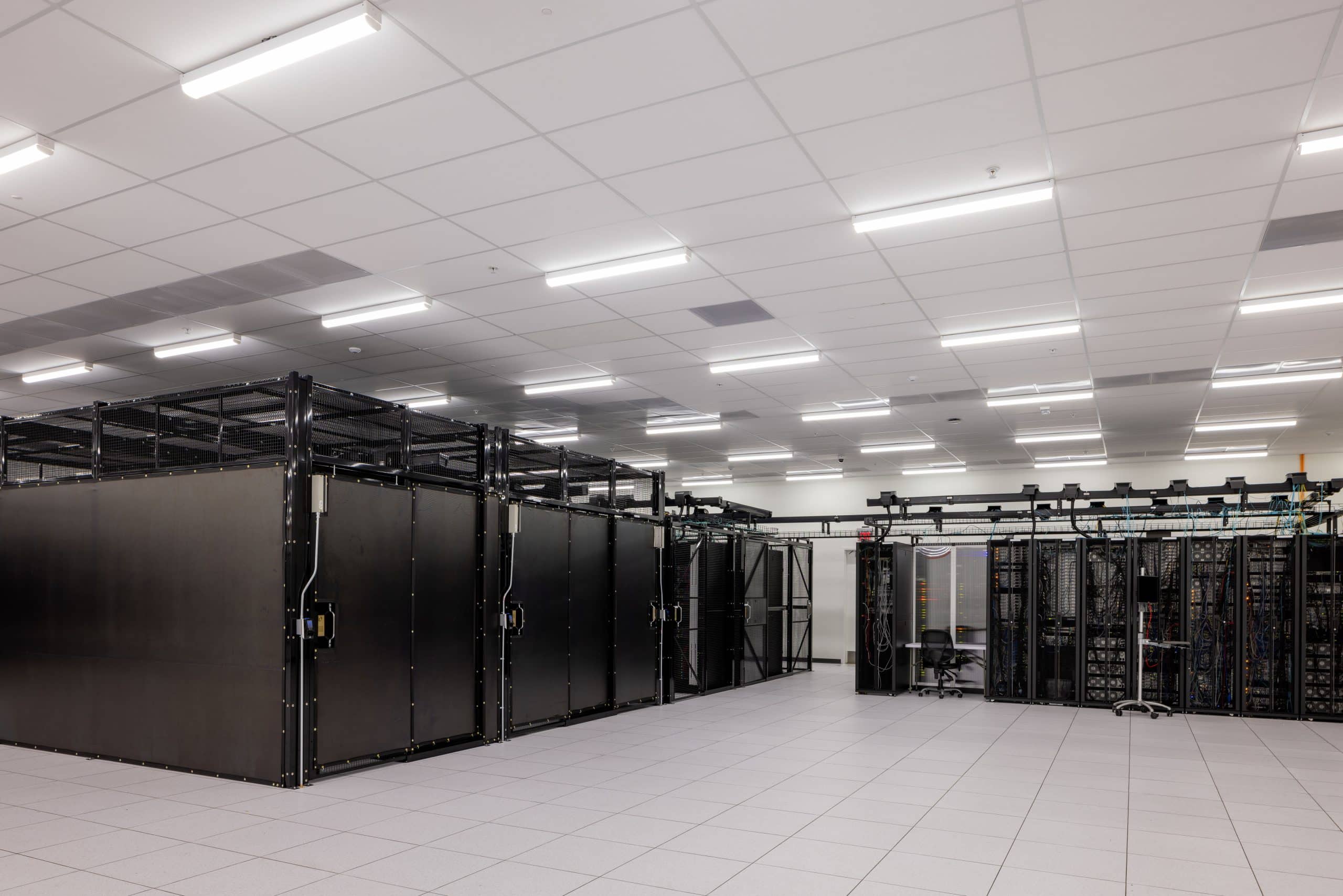Category: Glossary
-
What is an SLA?
A Service Level Agreement (SLA) is a contractual agreement between a service provider and a customer that outlines the expected level of service. It goes beyond a mere handshake or verbal agreement, solidifying expectations into measurable and agreed-upon metrics. The SLA is the DNA of any IT service contract, encoding the expectations, responsibilities, and guarantees…
-
What Is Data Center Architecture?
Data center architecture is the design and physical layout of a data center. It details how to construct, configure, and manage all a data center’s computing components, such as servers, storage devices, networking equipment, and the facility’s capabilities, such as power supply, cooling, and security. There is a wide range of approaches to data center…
-
What is Public Cloud Connect?
Cloud connect is a technology that enables a direct and secure connection between an on-premises data center or infrastructure and a public or private cloud provider. This technology bypasses the public internet to equip organizations to reliably, quickly, and more securely access resources like data and applications in the cloud. Why Is Public Cloud Connect…
-
What Is Digital Infrastructure?
Digital infrastructure is all of the various digital technologies that form the foundation of IT, including physical and software-based infrastructure. Data centers and cloud form the backbone of digital infrastructure, supporting the delivery of digital products and services. Digital infrastructure includes networking, servers, virtualization, and operating systems. Why Is Digital Infrastructure Needed? Digital infrastructure is…
-
What Is Data Center Management?
Data Center Management is the practice of planning, monitoring, and controlling data center resources and operations to ensure efficient, secure, and reliable operation. It encompasses server provisioning, hardware maintenance, cooling, power management, security, and disaster recovery planning. There are three ways to manage data centers: fully self-managed, colocation, and fully managed. Why Is Data Center…
-
What is Interconnectivity?
Interconnectivity refers to the ability of different computer systems, networks, devices, applications, clouds, and infrastructures to connect with and communicate with each other directly. It’s a direct connection within or between data centers, or between cloud platforms, that connects customer workloads. Interconnectivity facilitates private, secure, high-speed integration between colocation setups and various network and cloud…
-
What Is Hybrid Infrastructure?
Hybrid infrastructure refers to an environment that combines on-premises data centers, private cloud, and public cloud services with high-performance components. A hybrid infrastructure includes secure facilities, bare metal hardware, and shared services and also extends to high-performance colocation, network services, and managed services. Hybrid infrastructure supports modern application architectures, leveraging the strengths of each component…
-
What Is Data Center Migration?
Data center migration is the process of moving an organization’s data, systems, processes, and IT infrastructure from one physical location to another environment, typically to a different data center or a virtualized or cloud environment. Data center migration is a complex and resource-intensive endeavor that requires careful planning, project management, and execution to minimize service…
-
What Is N+1 Redundancy?
N+1 redundancy is a form of resilience that ensures system availability in the event of component failure. This method of resilience is used by critical technology systems such as data centers to ensure continued operations. In an N+1 redundancy setup, “N” represents the minimum number of components (e.g., servers, uninterruptible power supply (UPS), cooling units,…
-
What Is Colocation?
Colocation, often referred to as “colo,” is a type of shared data center where each customer rents space in the form of cabinets or cages. The colocation provider supplies power and connectivity to the customer space and is responsible for securing building access and keeping the facility cool so equipment doesn’t overheat. Hardware such as…








